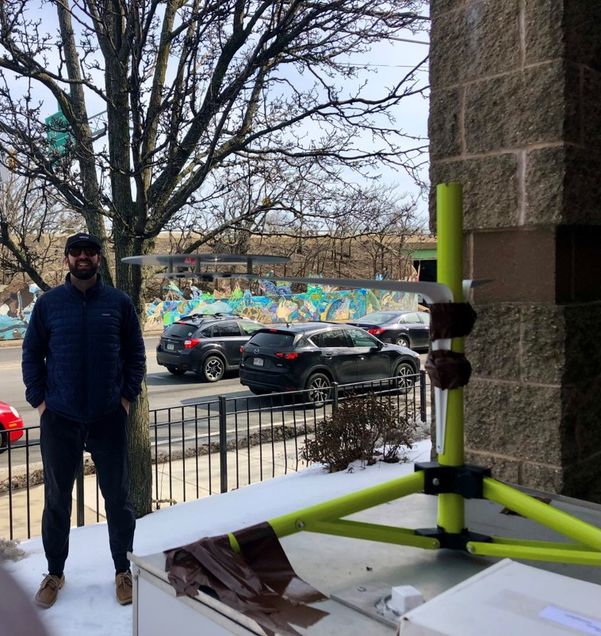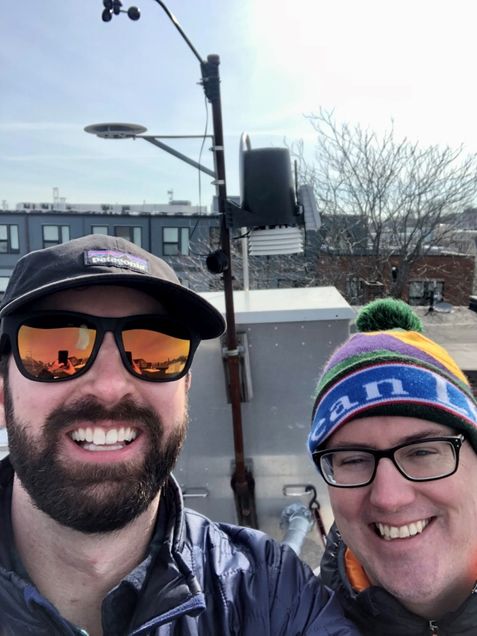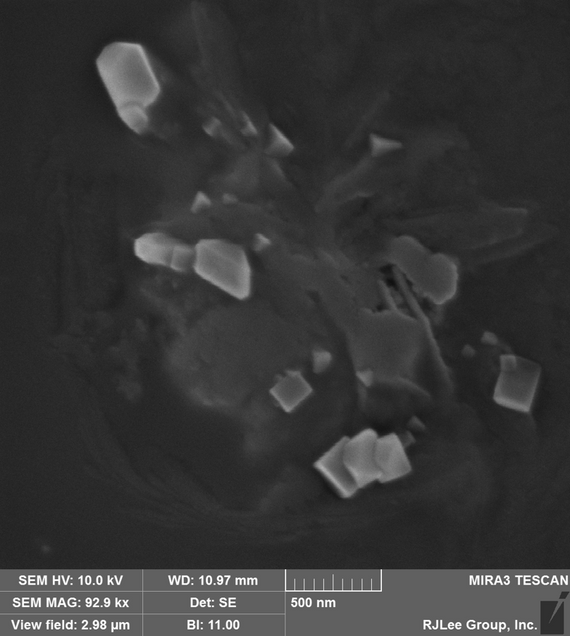Principal Investigator
Co-Principal Investigators
Aerosol particles are ubiquitous in ambient air and are of great importance to human and environmental health.

However, not all particulate matter is the same; the type and severity of health effects depend on particle characteristics, including the particle size, shape, concentration, and composition. While the United States has adopted distinct regulatory standards based on particle size, these standards do not consider other significant particulate matter characteristics, nor do they account for ultrafine particles (PM0.1, UFPs, particle diameter < 100 nm), which are thought to be more toxic than their relatively larger counterparts because of their ability to reach the most distal lung regions and reach systemic circulation.
Evaluating the concentration, size, and chemical composition of aerosols presents a significant challenge to researchers and has motivated the development of new monitoring instruments. However, many of these monitors are impractical for community-based health studies because of their high cost, complexity of data analysis, power requirements, or limited scope of resultant data.


This study seeks to examine the composition of UFP in vulnerable communities in Boston, MA impacted by transportation activities using the low-cost University of North Carolina Passive Aerosol Sampler (UNC-PAS). Sean Mueller & collaborators will pair the experimental low-cost passive sampler data with high fidelity UFP monitoring instruments to evaluate the performance of the UNC-PAS for collecting multi-week average UFP particle number concentration. This will be the first study to utilize a low-cost passive sampling instrument (UNC-PAS) for monitoring UFP for source attribution and quantifying compositional exposure.
See more of our 2022 Early Stage Urban Research award recipients here!



